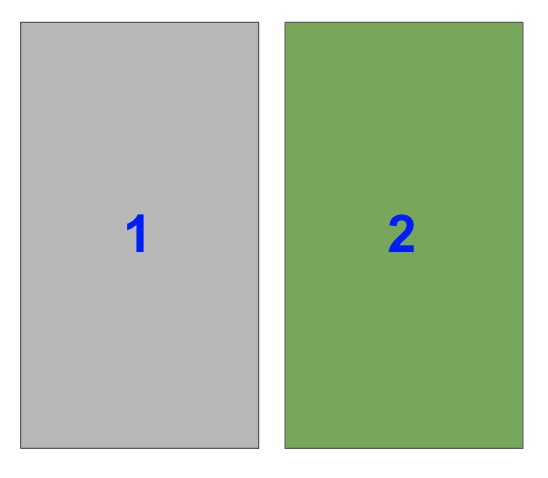


make them transparent by setting alpha=0, or.You have a few ways to solve this problem.įirst, you can manually adjust the xticks with the matplotlib xticks function – plt.xticks() – and either: This looks ok but the x-axis labels are hard to read on the top 2 subplots. Let’s look at the default subplot layout and the general outline for your code. I will alternate between including and excluding commas to aid your learning. Thus, the following are equivalent – they both select index 1 from a 3×1 grid.

However, the comma between the values is optional, if each value is an integer less than 10. > plt.subplot(nrows=3, ncols=1, index=1)ĪttributeError: 'AxesSubplot' object has no property 'nrows' You cannot pass them as keyword arguments. The arguments for plt.subplot() are positional only. It continues from left-to-right in the same way you read. Unlike everything else in the Python universe, indexing starts from 1, not 0.
#Matplot lib subplot titles code#
The code you write immediately after it is drawn on that subplot. The index is the subplot you want to select. For a 3×1 grid, it’s nrows=3 and ncols=1. If you want a 2×2 grid, set nrows=2 and ncols=2. The first two – nrows and ncols – stand for the number of rows and number of columns respectively. The arguments for plt.subplot() are intuitive: plt.subplot(nrows, ncols, index) # Import necessary modules and (optionally) set Seaborn style Finally, call plt.show() to display your plot. Once all Subplots have been plotted, call plt.tight_layout() to ensure no parts of the plots overlap. Then, select the next subplot by increasing the index by 1 – plt.subplot(3, 1, 2) selects the second Subplot in a 3 x 1 grid. So, plt.subplot(3, 1, 1) has 3 rows, 1 column (a 3 x 1 grid) and selects Subplot with index 1.Īfter plt.subplot(), code your plot as normal using the plt.

This way, we have two lines that we can plot. To start: import matplotlib.pyplot as plt A lot of times, graphs can be self-explanatory, but having a title to the graph, labels on the axis, and a legend that explains what each line is can be necessary. In this tutorial, we're going to cover legends, titles, and labels within Matplotlib.


 0 kommentar(er)
0 kommentar(er)
